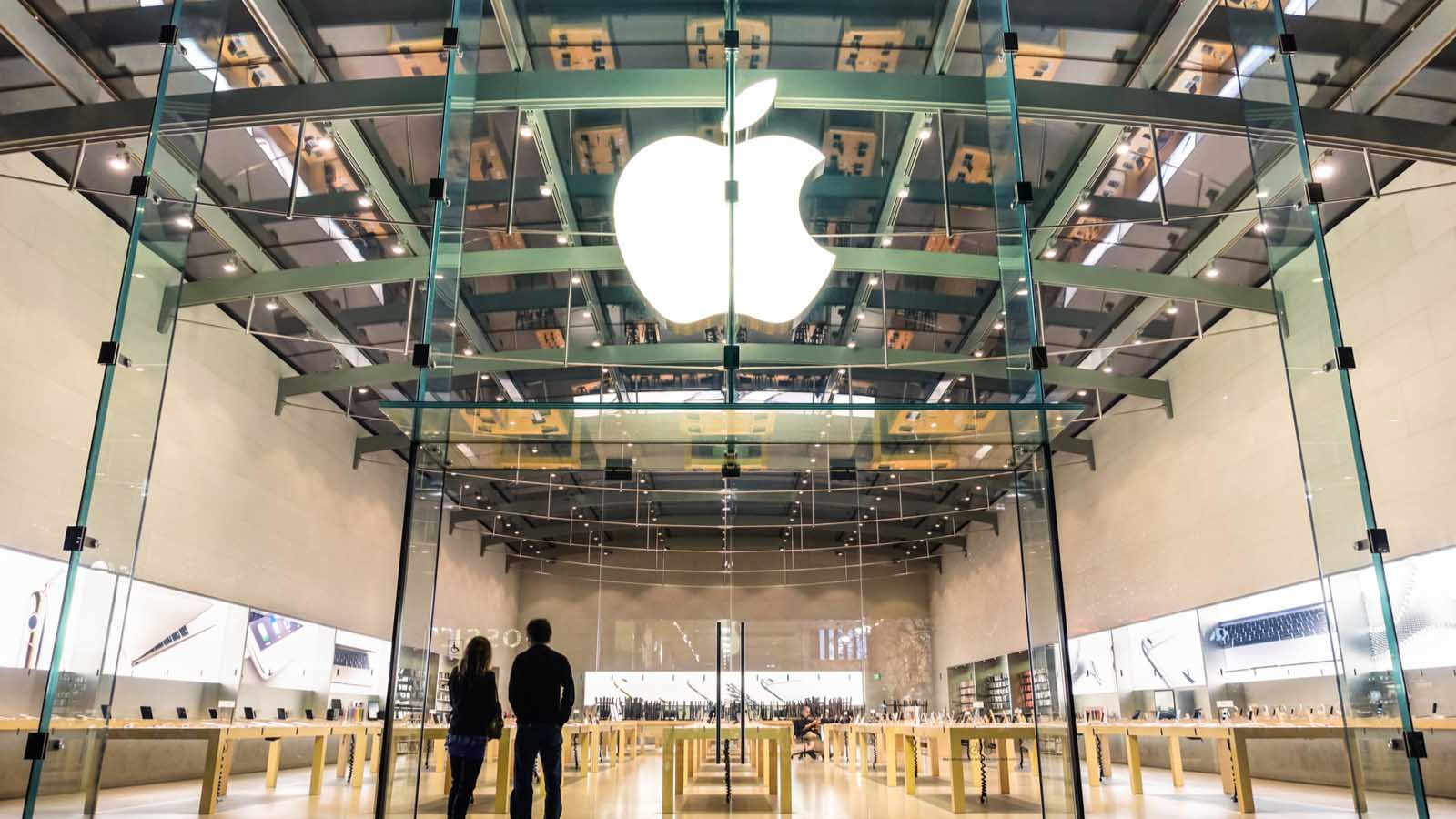With Russia gobbling Ukraine, China threatening to take Taiwan, and the damage from climate change becoming obvious, it can seem hard to make a case for any stock. Even Apple (NASDAQ:AAPL).
Apple crossed into bear market territory last week and was due to open at $133.35, down almost 23% for 2022. But it’s still not cheap, relative to the market. Those who step in June 13 will still pay more than 22 times last year’s earnings. The company’s market cap is still over $2.2 trillion, double its pre-pandemic high.
Rather than quote some analyst or stockholder, heed the words of Apple CEO Tim Cook. Don’t buy Apple if you’re a short term trader.
| Ticker | Company | Price |
| AAPL | Apple | $131.93 |
AAPL Stock: Strengths
Apple held its worldwide developer conference (WWDC) on June 6, an event that would have once dominated the news cycle. This year few noticed who weren’t being paid to.
There were things. Its laptops will use the Apple-designed M2 chip and it will be off Intel (NASDAQ:INTC) later this year. There were software updates, and new health features on the Apple Watch. Analysts seemed cheered, especially Dan Ives of Wedbush, who continues to support the stock.
By working closely with Taiwan Semiconductor (NYSE:TSM), which is building a huge new manufacturing plant in Arizona, Apple has assured itself of supplies. The danger is that, as a chip supplier, Apple is now subject to the hazards of other chip suppliers, like flaws that can’t be patched.
As it controls its supply chain, Apple also controls its customer. Its latest Buy Now, Pay Later (BNPL) initiative bypasses banks and credit processors, who you might see as the “chip companies” of consumer credit. Payments will be tied directly to users’ debit cards, and Apple will make its own lending decisions. There’s risk, but a run rate of nearly $400 billion/year in sales means they’re manageable.
Apple’s Weaknesses
Apple’s weaknesses are those of the global economy.
It’s not just the U.S. that’s headed into recession. It’s the world, and that greatly impacts Apple. The $200/share price target put on the stock by Citicorp (NYSE:C) looks ludicrous when China, its second-largest market, is threatening to go to war. Investors who see losses elsewhere in their portfolios are selling their winners, including Apple, and that’s going to continue.
Technicians note that Apple stock recently plunged through a “death cross.” The stock’s losses over the last quarter now exceed those over the last year. For a less worthy company this would be a sign to abandon a sinking ship. To those with a longer-term view, it may be a sign to buy.
Trouble is, buy with what? Investors who were told to “buy the dip” six months ago now have fat losses, and less cash to buy anything else. We’re not all Warren Buffett of Berkshire Hathaway (NYSE:BRK-A), who still has 40% of his portfolio in Apple stock because his insurance empire keeps generating cash that needs to be invested.
The Bottom Line on AAPL Stock
Speaking of cash, Apple still had $51.5 billion of cash and equivalents on its books at the end of March. Sounds like a lot, but a year earlier it had almost $70 billion.
Apple has an $11 billion capital budget and pays $14.5 billion in dividends each year. It also spent nearly $86 billion last year buying back its own stock. Even Apple’s strength is not unlimited.
But bear markets end. It’s hard to believe when you’re in one. It was hard to buy this line in 2002, and hard to buy it in late 2008. But this, too, shall pass away, as those crises passed away. A few years from now, if civilization survives, you’ll be glad you own Apple stock. If it doesn’t nothing, not even cash, matters.
On the date of publication, Dana Blankenhorn held long positions in INTC, TSM and AAPL. The opinions expressed in this article are those of the writer, subject to the InvestorPlace.com Publishing Guidelines.
Dana Blankenhorn has been a financial and technology journalist since 1978. He is the author of Technology’s Big Bang: Yesterday, Today and Tomorrow with Moore’s Law, available at the Amazon Kindle store. Write him at danablankenhorn@gmail.com, tweet him at @danablankenhorn, or subscribe to his Substack.
